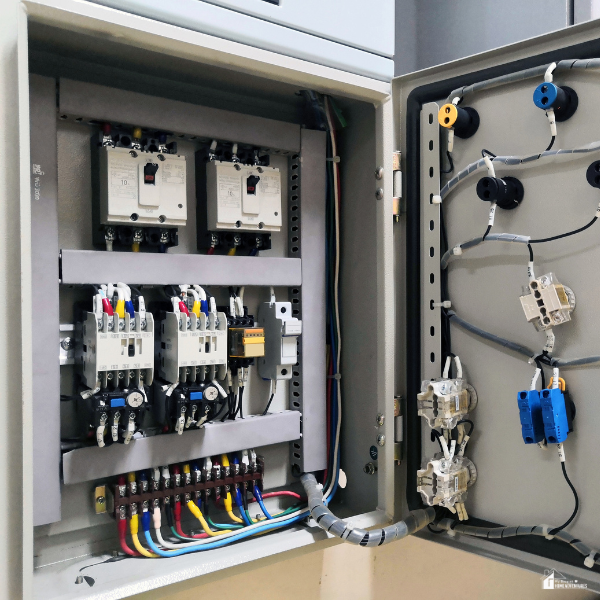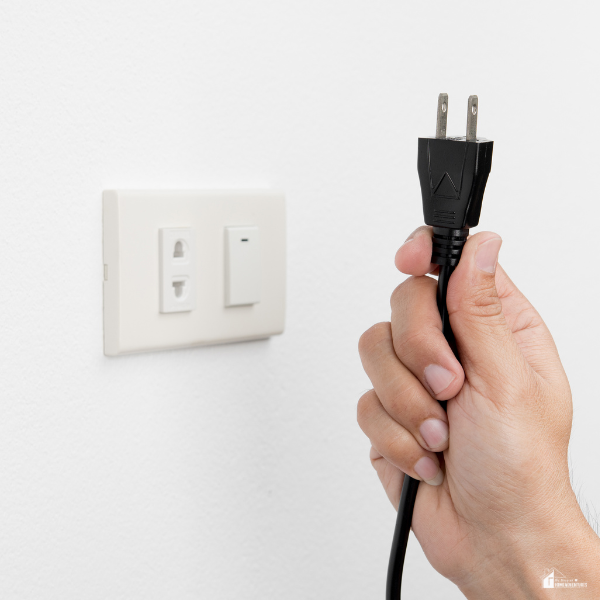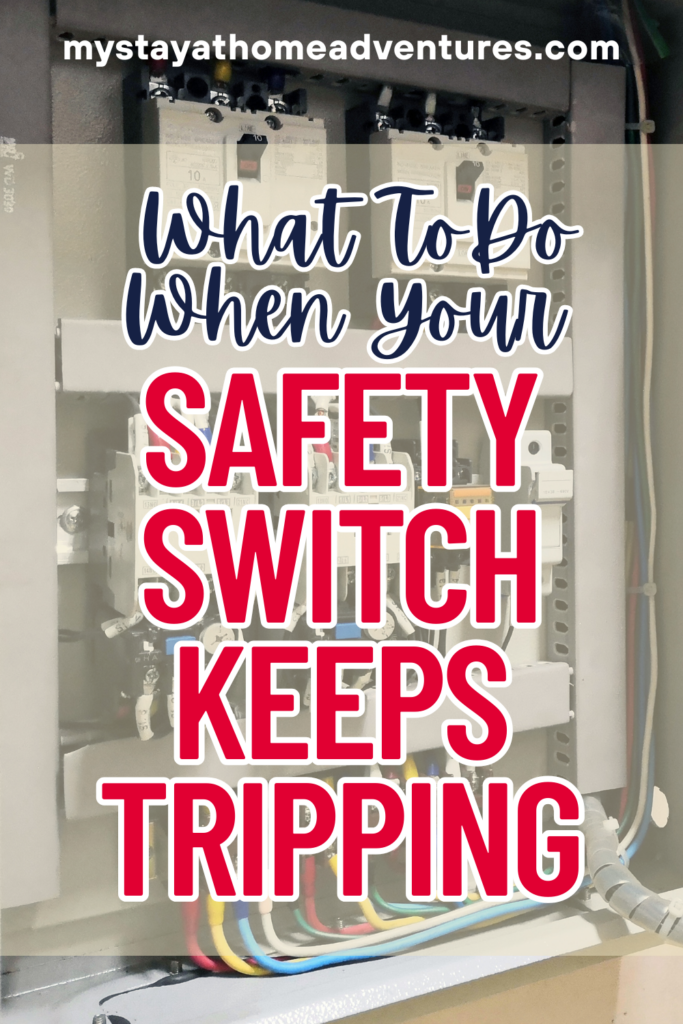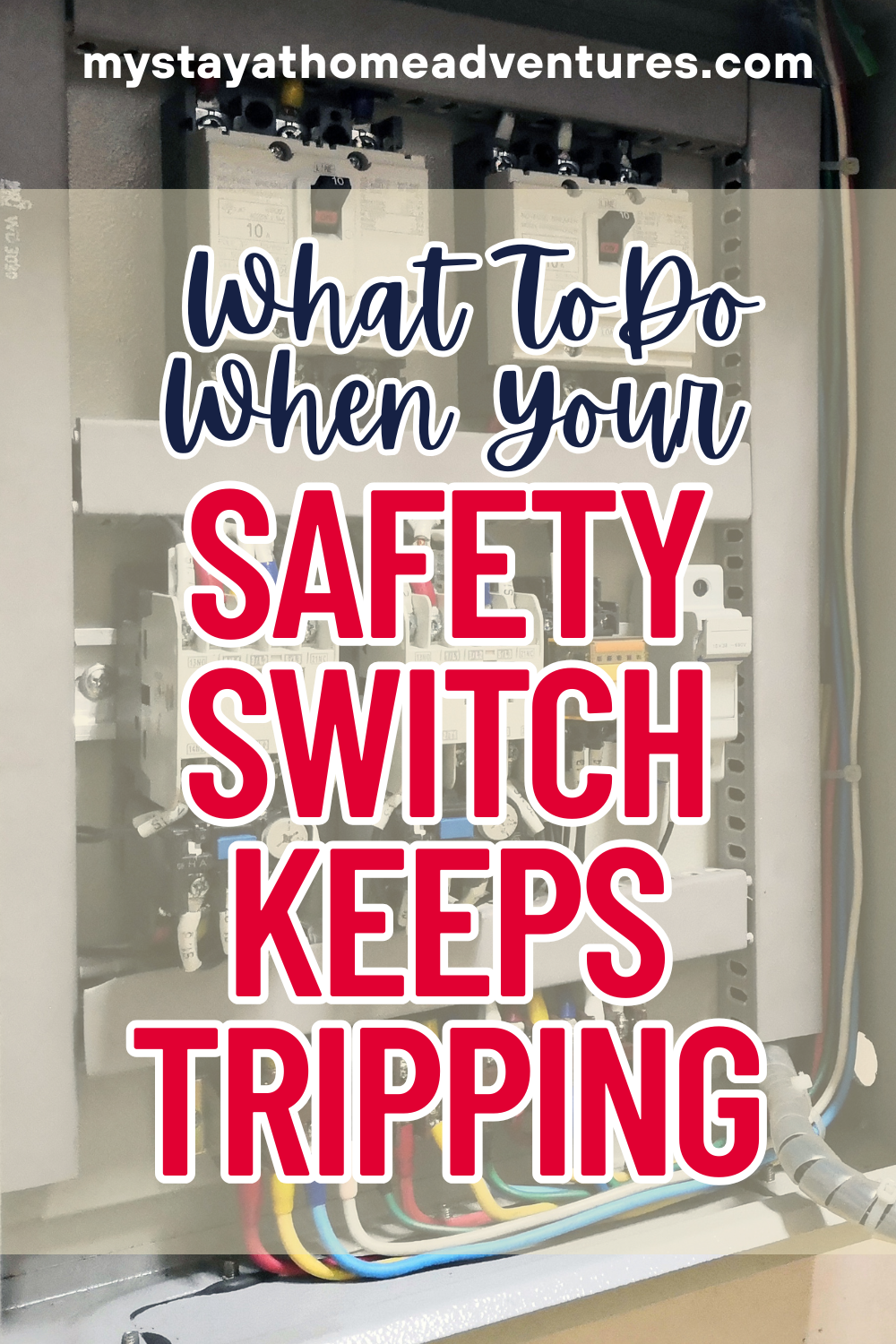What to Do When Your Safety Switch Keeps Tripping
This post may contain affiliate links which might earn us money. Please read my Disclosure and Privacy policies hereA safety switch, also known as a Residual Current Device (RCD), is a vital component in your home’s electrical system, designed to protect you from electric shocks and electrical fires.
If your safety switch keeps tripping, it’s a warning sign that you should not ignore. It means that something is wrong, either with an appliance, your wiring, or the switch itself.
In this article, I’ve mentioned five essential safety tips to follow if you find yourself facing a persistently tripping safety switch.

1. Attempt a Simple Reset
When your safety switch trips, your first step should always be to try to reset it. Go to your switchboard and flick the safety switch back to the ON position. Sometimes, the trip is caused by a temporary fault or surge, and the switch will reset without further issue.
If the switch trips again immediately, this indicates a more persistent problem that requires serious further investigation.
2. Call for Help
If your safety switch continues to trip even after all appliances are unplugged, or if you cannot identify the source of the problem, it’s time to call a licensed electrician. Newcastle electrical company has an efficient and certified electrician to do a proper safety inspection on your switchboard.
Persistent tripping can indicate serious issues such as damaged wiring, a faulty safety switch, or deeper electrical faults that require professional attention. Please, remember to never attempt DIY electrical repairs, as this can be extremely dangerous and is illegal in Australia.
3. Conduct an Inspection
Heavy rain, storms, or water ingress can cause safety switches to trip, particularly in coastal or older homes. If your safety switch trips following a storm or heavy rainfall, there may be moisture in your wiring or outlets. In this case, do not attempt further resets or use the affected circuits.
Call a licensed electrician immediately to inspect and repair any water-damaged wiring or equipment.

4. Unplug All Appliances
If the safety switch won’t reset, unplug every appliance connected to the affected circuit. Make sure to physically unplug devices, not just switch them off at the wall-including those that are often forgotten, such as fridges, washing machines, dishwashers, and outdoor appliances.
Once everything is unplugged, try resetting the safety switch again. If the switch stays on, plug your appliances back in one at a time. The faulty appliance will cause the safety switch to trip again when it’s plugged in, helping you identify the culprit.
Do not use the faulty appliance until it has been checked and repaired by a qualified technician.
5. Check for Overloaded Circuits
Overloading a power point with too many appliances or using multiple power boards on one outlet can cause nuisance tripping. If you suspect this is the issue, spread your appliances across several sockets or ask a licensed electrician to install additional power points.
Avoid reconnecting appliances to overloaded circuits, as this can lead to repeated tripping and potential hazards.
Conclusion
A tripping safety switch is a sign that your electrical system is doing its job to protect you from potential harm.
By following these safety tips, like resetting the switch, unplugging appliances, avoiding overloaded circuits, watching for weather-related issues, and seeking professional help, you can keep your home safe and restore power with confidence.
If in doubt, always prioritise safety and consult a qualified electrician to resolve the issue quickly and professionally.








